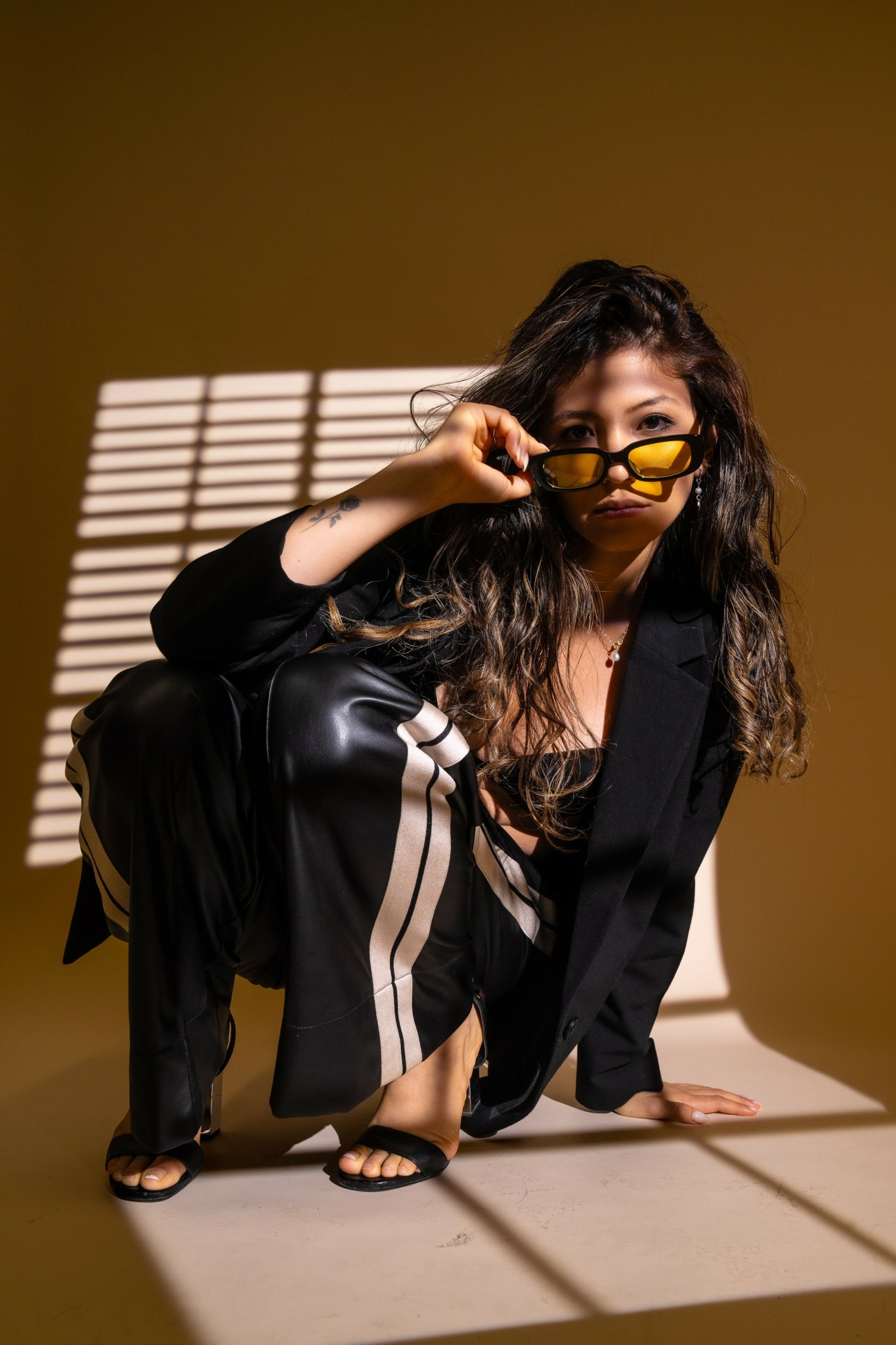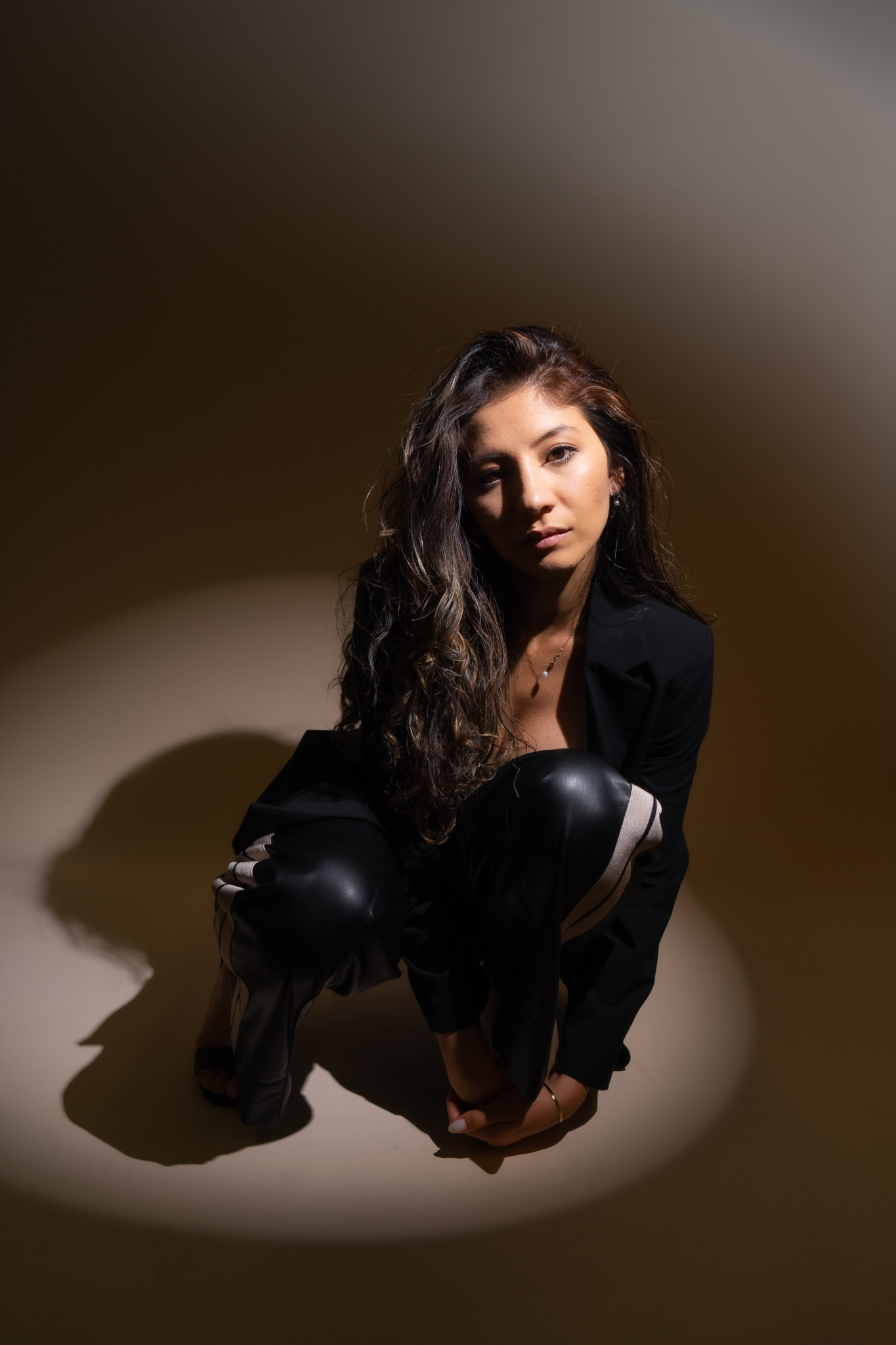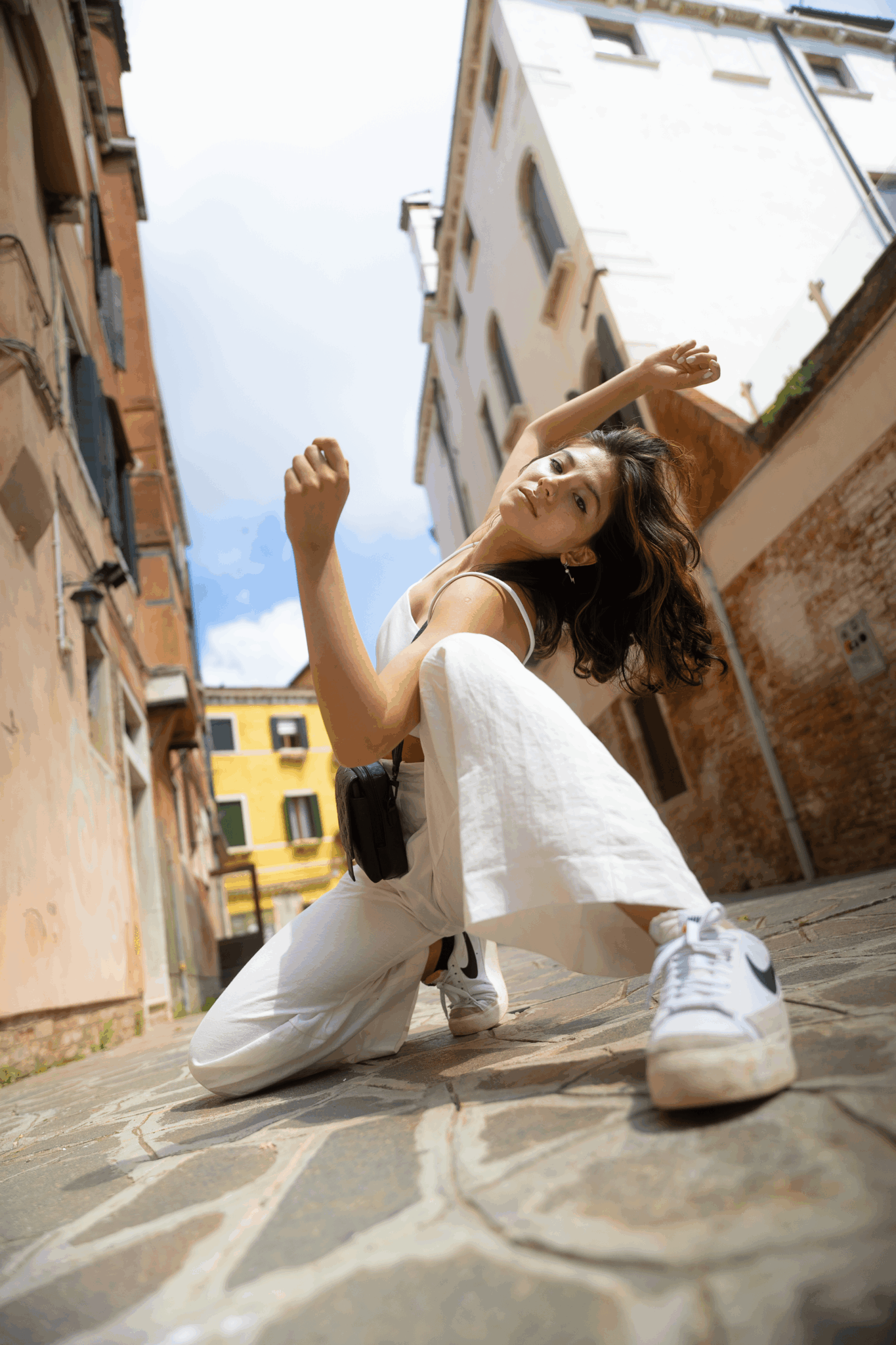We recently connected with Cecilia Loretta Egidi and have shared our conversation below.
Alright, Cecilia Loretta thanks for taking the time to share your stories and insights with us today. What did your parents do right and how has that impacted you in your life and career?
I strongly believe that one of the main reasons I’m so drawn to creative fields—whether in dance or architecture—is the ability they give me to explore and learn about different cultures and communities. Ultimately, that exploration becomes a way for me to research and understand the cultural differences and similarities within myself.
I grew up in a household with two languages and two cultures, and from a young age, I was encouraged to embrace both fully. I’ll never forget my dad telling me, “You’re not half of either culture—you are fully both Italian and Hong Kongese.” That simple but powerful statement really shaped me. I think that’s one of the things my parents did incredibly well: raising my brother and me immersed in both cultures, without cutting corners or diminishing one in favor of the other. They didn’t try to blend them into something vague—they respected their differences, pointed them out, and even showed us how the strengths of each could complement the other.
Another thing that has been really important—and that they both passed on to me—is a strong sense of morality. The care my mom showed us growing up, and the sense of service my dad brought to his work as a doctor, have really defined who I am. That foundation guides me in everything I do, including my creative practice.
Even creatively, I see their influence clearly. My mom contributed a lot to my sense of aesthetics, quality, and design—she has a real eye for detail. My dad, on the other hand, passed down a love for philosophy, history, and cultural knowledge. Together, they helped me build a mindset that’s both thoughtful and expressive.
Of course, that’s not the only thing they did right. I feel really lucky and grateful for how they raised me—with a strong balance of love and tough love. They’ve always been two of my biggest role models. It really hit me once I moved away from my hometown—meeting new people and forming new relationships helped me realize just how special and solid the foundation they gave me was.

Cecilia Loretta, love having you share your insights with us. Before we ask you more questions, maybe you can take a moment to introduce yourself to our readers who might have missed our earlier conversations?
I am many things, and one of them is being a dancer—with a special focus on Popping. Interestingly enough, it was actually dance that led me to architecture. My passion for movement and expression sparked a deeper curiosity about space, form, and how we relate to our environments. I chose to study architecture because it allowed me to continue pursuing dance while exploring the arts, and at the same time, stay connected to something technical and scientific.
Originally, I thought I would follow in my father’s footsteps and become a doctor. I imagined I wouldn’t be able to travel or balance the intense academic path with my creative interests—which, in hindsight, I learned wasn’t necessarily true. Still, I’m happy with the path I’ve taken, even though I’m very much in the process of defining and discovering it.
Professionally, I work as a lecturer—currently at San Jose State University and previously at UC Berkeley—where I teach Visual Communication for Interior Design students and I will be starting a position as a project designer in a small firm in San Francisco- Huang and Iboshi. My architecture practice is the path I’m actively building, in part shaped by the limitations and opportunities that come with my immigration status in the U.S.
At the same time, I continue to explore my dance journey. I’m currently involved in theater and performance projects, battling, and dance education. In the future, I’d love to combine my backgrounds in architecture and dance to create something unique that brings the two together—spaces and programs that reflect and nurture movement, creativity, and community.
Right now, I wouldn’t say I have a clearly defined “brand.” I’m still evolving, and I actually appreciate that. I believe we go through different chapters in life, each with its own identity, and I’m excited to keep discovering those layers. My goals aren’t centered on fame or fixed career milestones—what drives me is more about life, family, and finding ways to use my work to reflect those values.
If I dream big, I’d love to one day build training facilities for dancers—hey Red Bull, if you’re reading this, let’s talk! But more than anything, I want to contribute meaningfully to society. Whether it’s through movement, design, or teaching, I want to create spaces where people can grow, feel seen, and leave with a smile. That’s what gives me the most satisfaction—knowing that something I created helped someone, even in a small way. That’s what it’s all about for me.

Can you share a story from your journey that illustrates your resilience?
I believe that to be an artist you have to be resilient—there is no other way. Being a creative, you are intrinsically going to fail over and over again, and that’s necessary so you can keep exploring, keep learning, and keep molding your art. Not being able to fail is the real risk that creatives take.
I don’t think I have a singular story that illustrates my resiliency, because it happens over and over again—not only in my artistic life, but also in my life journey. Having recently graduated with a Master in Architecture, I’m currently trying to understand what my path will be, and that journey is full of failures and full-on turns.
Adding to that is the resilience required just to be an immigrant in the U.S. today—I definitely start from a resilient position. Being able to keep going despite what life throws at you: relationship problems, family emergencies, interpersonal issues, work struggles, not being able to find a job in this economy, getting laid off. These are already hard things for anyone to face, but when you add the limitations and restrictions of being an immigrant, it brings a whole different level of challenge. And still, I keep trying to navigate all of this while finding ways to respond to the constant urge to create and explore different fields and possibilities.
If we start thinking about struggles as blocks or reasons why we cannot achieve something, we’ll always stay stuck within our perimeters. But if we embrace those struggles as constraints we must work with in order to reach a bigger goal, then we can begin to break out of the uncomfortable position we’re placed in.

Can you tell us about a time you’ve had to pivot?
In terms of dance, I would say I’ve had two major pivot moments. The first was when I went to LA for three months to explore the idea of becoming a professional dancer. The second was when I moved to the Bay Area to pursue my studies in Architecture.
The U.S. has been a place of creative awakening for me—especially in dance. If you’re trying to break free from structures, this is the place to do it. People are so impacted by systemic pressures that both everyday individuals and artists feel an urge to rebel—and that rebellion often takes shape through art and community. In a country so deeply driven by capitalism and consumerism, people have to find creative ways to survive. That necessity becomes the foundation for freedom, expression, and resilience.
My first pivot came in LA, where I realized I didn’t want to rely on dance to make a living. I understood that turning my passion into my profession might take away the joy, the exploration, and the personal growth I had always found in it. That experience led me to reframe dance—not as something to monetize, but as something special and dear that I wanted to keep as a space for expression and connection.
The second pivot happened in the Bay Area. I arrived here focused on architecture, but something shifted. I began to see the long-term results of all the time and love I had invested in dance. It became more than an outlet—it became my art form and language, and sometimes just a source of fun and playfulness. I’ve come to see every dance technique as a language—a way to connect with others, often without needing words. And when I stopped trying to “make it,” and instead just focused on living and learning, opportunities began to appear—opportunities that my 20-year-old self would have dreamed of.
One of those dreams was to be part of a dance theater performance. Three years ago, I joined a production as part of the side cast. Last year, I performed as a main character. And this coming year, I’ll experience the full journey, from months of rehearsal to performing as a lead in the main cast. I’m so grateful for the people who believed in me and saw something unique in my movement.
That pivot also helped me find my people. “Izakaya Squad,” my group of close friends here in the Bay, became my anchor. They’ve been my support system. Especially my partner, Ryan Sarakul, who’s I met through this group of friends. His entrepreneurial journey as a portrait photographer constantly inspires me. I know I can be tough on him sometimes, but it’s because I want to push him the way he pushes me—I see so much potential in him and want to reflect back the belief he shows in me.
More recently, I joined a creative collective called “The Anthology,” which has become another home for my ideas and energy. It was started by one of my closest friends and mentors, Rashaad Hasani. He’s taught me so much about the history and depth of popping, but even more than that, he’s helped me believe in the validity of my own creative voice. Through our conversations, ideas that once felt abstract or distant became real—something achievable and worth chasing.
Contact Info:
- Website: https://issuu.com/cecilialorettaegidi/docs/portfolio_cecilialorettaegidi
- Instagram: https://www.instagram.com/ceciliaegidi/
- Facebook: https://www.facebook.com/cecilia.egidi
- Linkedin: https://www.linkedin.com/in/cecilia-egidi-952b1122a/
- Youtube: https://www.youtube.com/@ceciliaegidi3383

Image Credits
First one (dance picture) : Nicole Skinner @nms.visuals
Others: Ryan Sarakul, I Am Exclusv Studio, @r.sarakul


